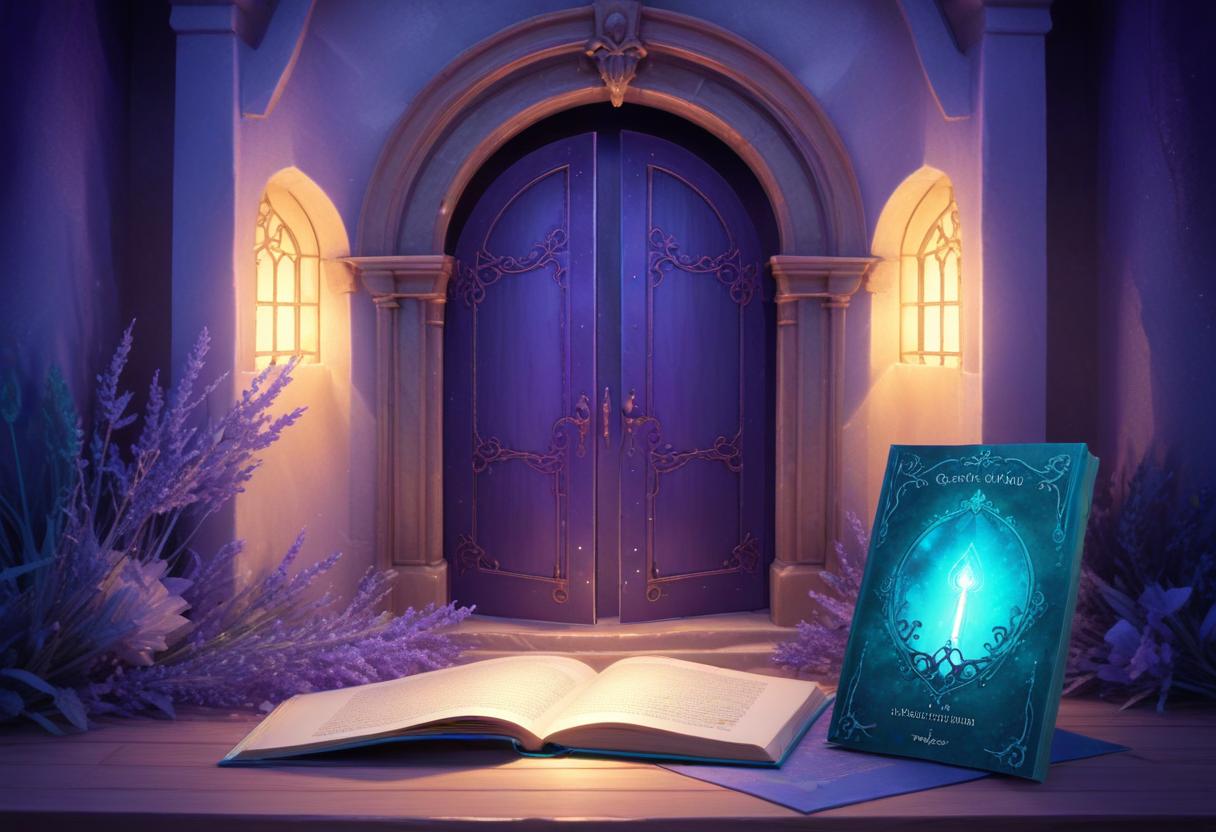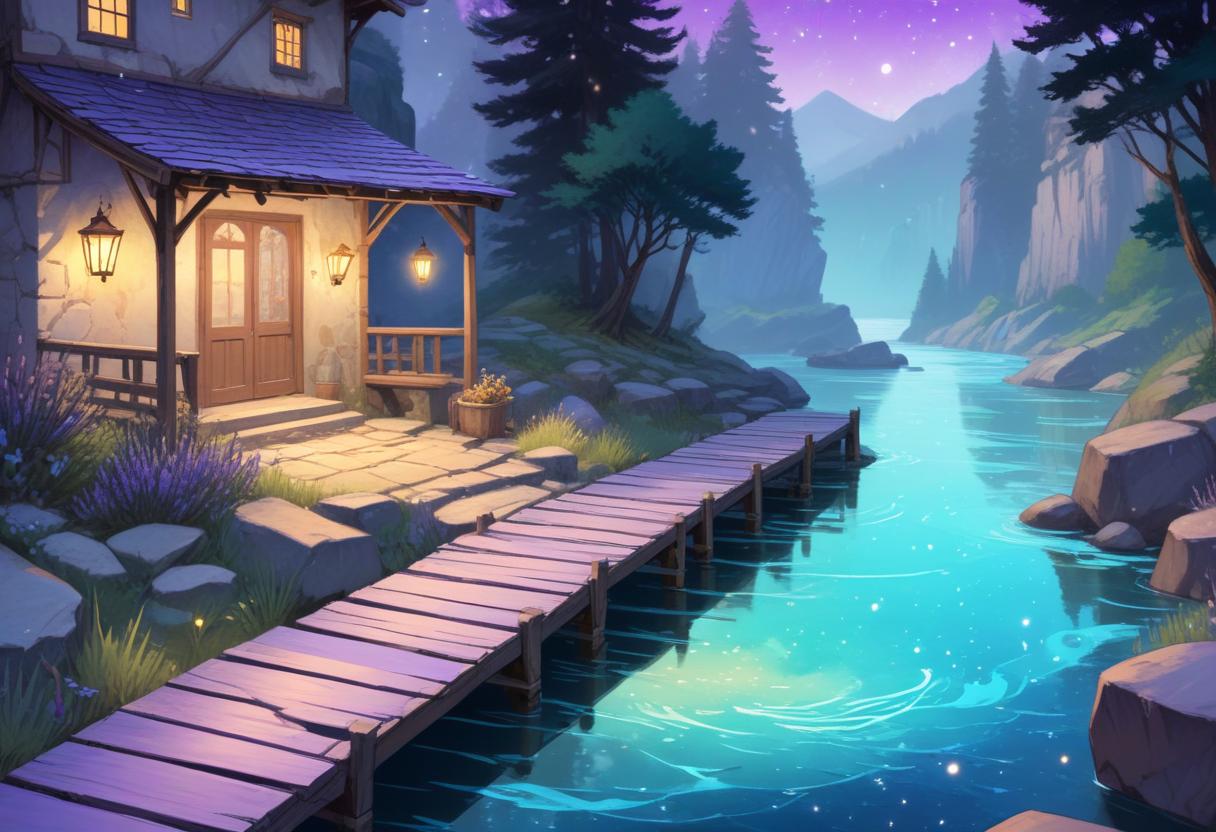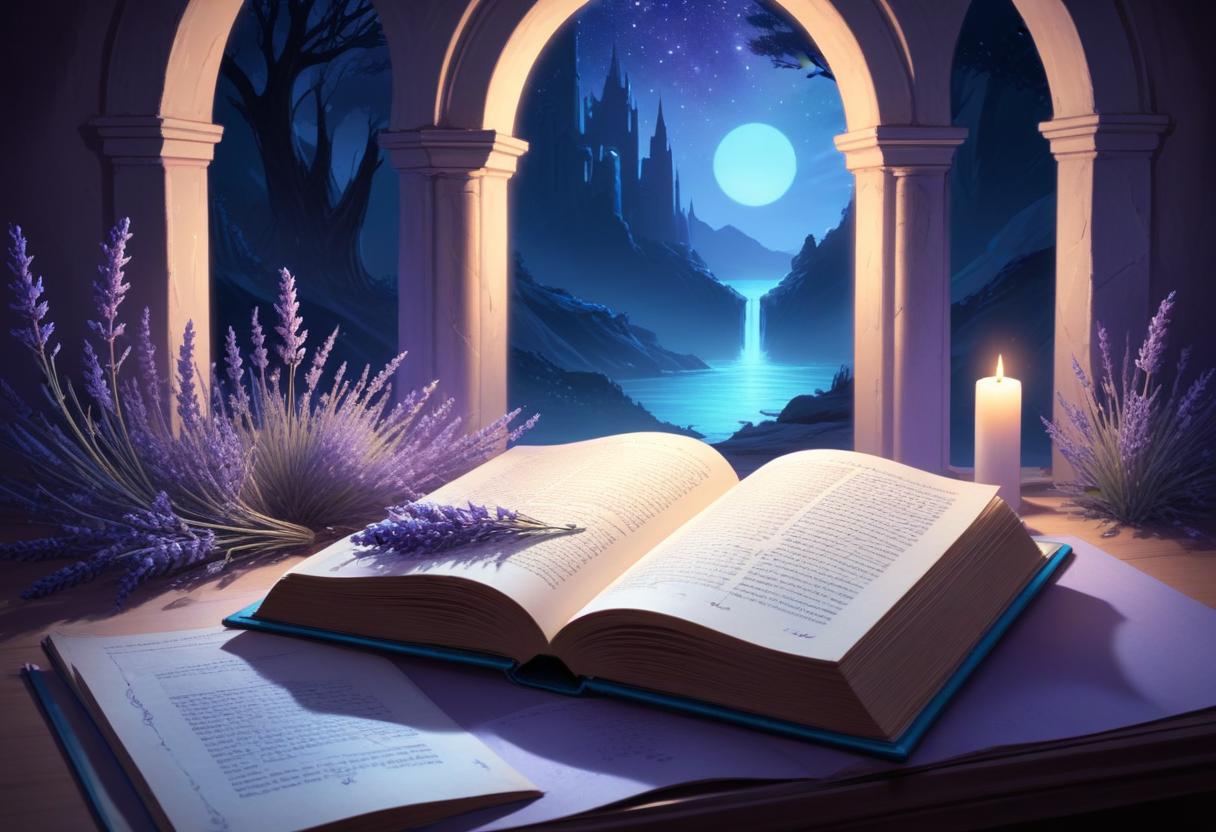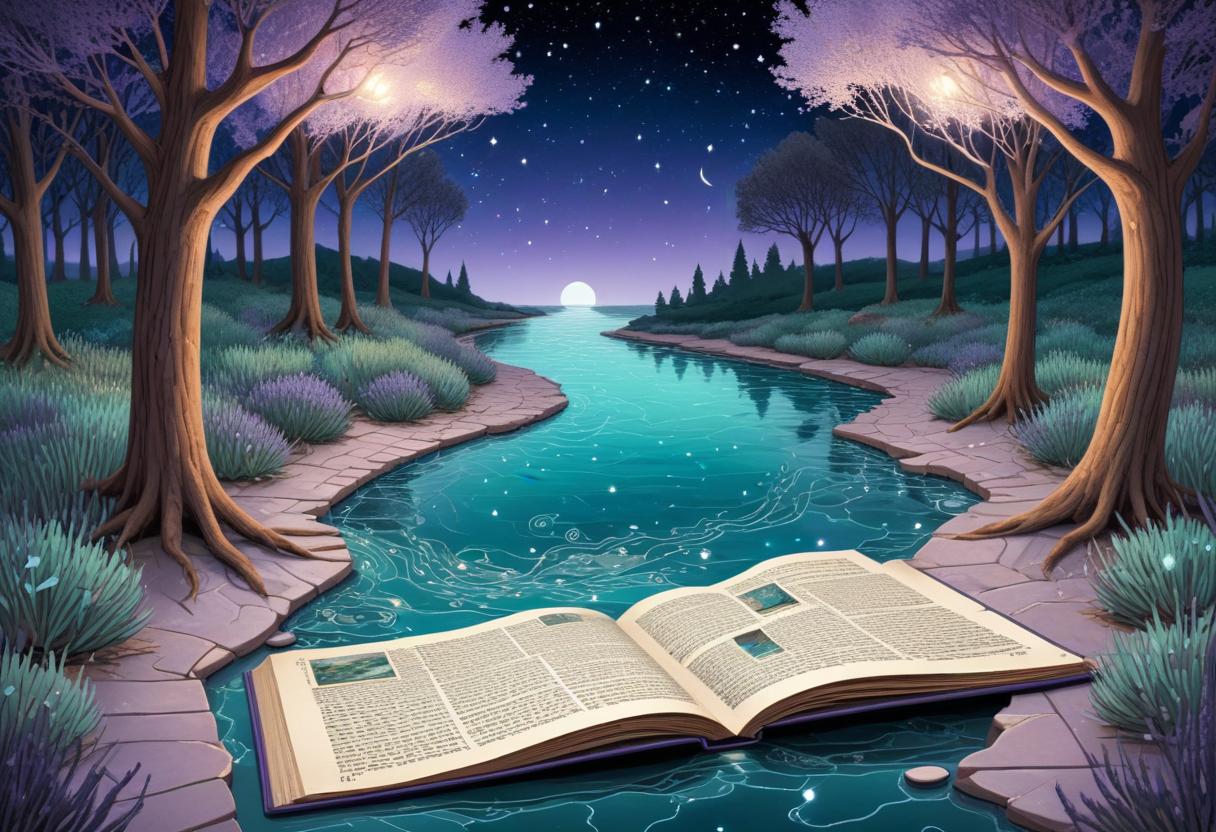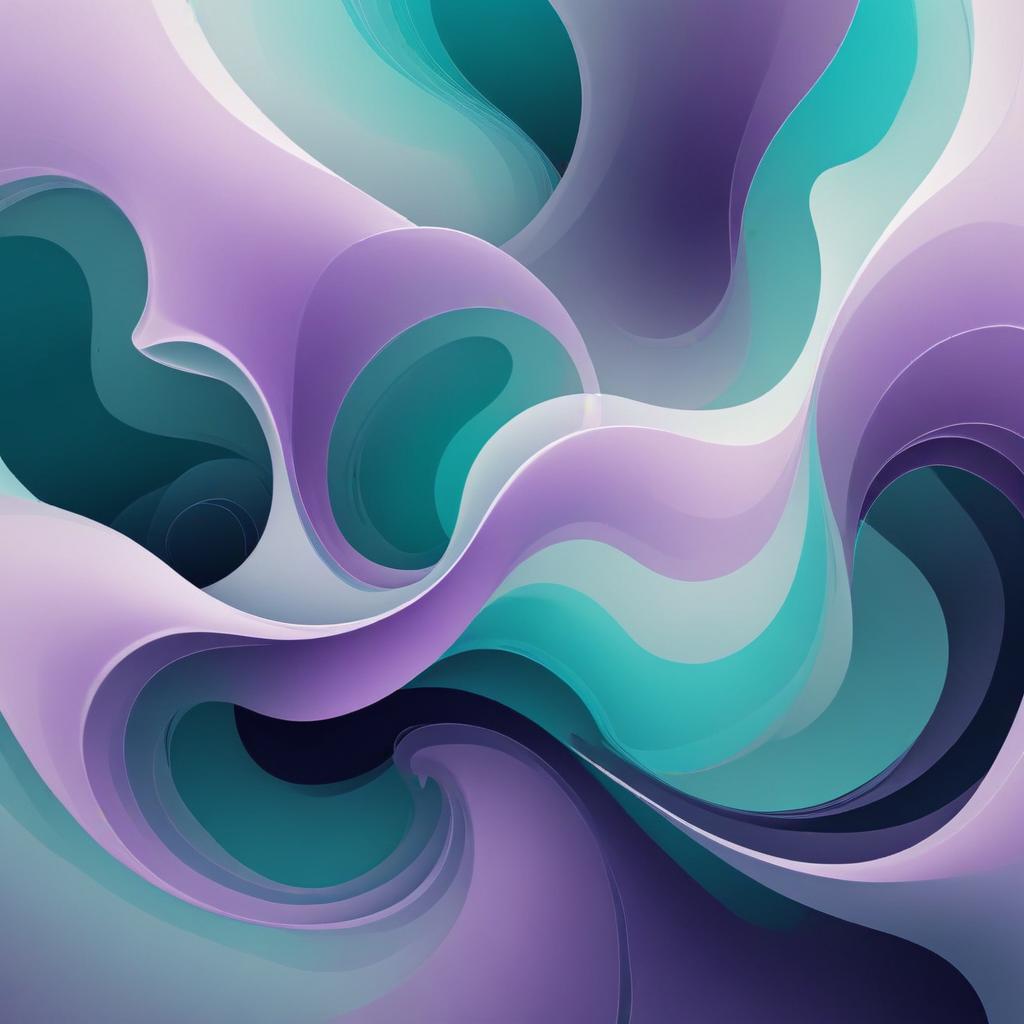Designing Nighttime Atmosphere: Using Moodtracks and Visual Cycles
Techniques for creators to craft evocative night-cycle narratives and soundscapes.
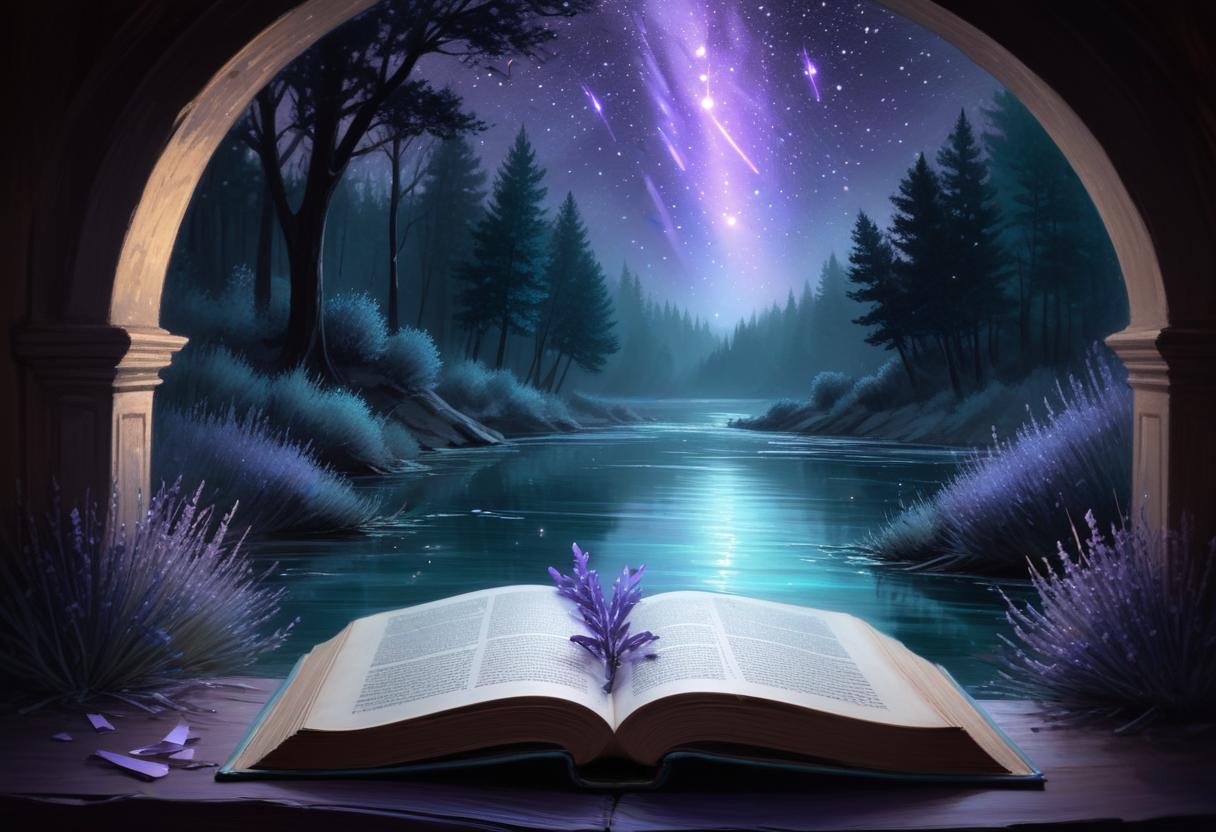
Nighttime atmosphere in visual novels is more than a palette swap — it's an experiential tool that shapes pacing, emotion, and player choices. Developers who harness night cycles effectively create scenes that feel intimate and contemplative, inviting players into slower rhythms and subtle revelations.
Start by defining the narrative purpose of night: is it solitude, mystery, romance, or introspection? The Midnight Odyssey Pack provides an instructive example: its long-form novels pair subdued visuals with layered moodtracks to create a sense of lingering thought.
Visual techniques include muted ambient color keys (deep twilight blues and lavender glows), gentle rim lighting to silhouette characters and objects, and layered page textures that suggest memory and layered storytelling. On the audio side, compose low-frequency drones, delicate high-end motifs, and sparse melodic fragments that appear and fade with in-game time changes.
Use environmental sounds sparingly — distant water, soft footsteps, or wind through paper — to anchor scenes without overwhelming dialogue. Mechanically, night cycles can influence available choices, NPC availability, or altered routes, encouraging players to return at different times to see alternate content.
For pacing, avoid heavy exposition during dim scenes; instead, favor short, sensory-driven lines that let atmosphere carry the weight. Lighting transitions should be smooth — crossfade ambient layers and gradually introduce color shifts to preserve immersion.
Finally, test readability and contrast: maintain accessible text contrast and ensure UI elements adapt to lower-brightness environments. When executed thoughtfully, night-cycle design becomes a storytelling ally: it deepens emotional resonance, frames revelations, and makes late-night sessions feel like discovering a secret passage through the game's world.


